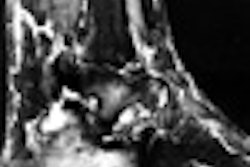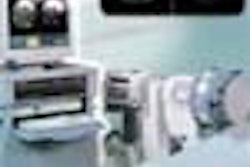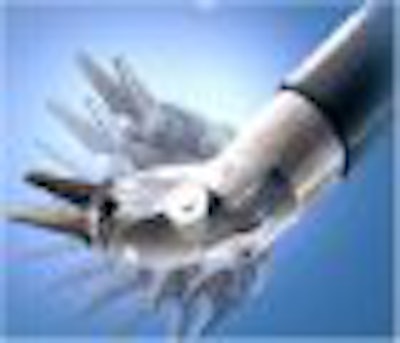
Previsualization is crucial for the surgical team performing totally endoscopic coronary artery bypass surgery (TECAB). However, current preoperative planning technology has its limits: microscopic imaging allows only restricted views of the surrounding anatomy, while the morphology of coronary arteries determines the practicability of a TECAB procedure.
Dr. Christopher Herzog and colleagues at the Institute of Diagnostic and Interventional Radiology at Johann Wolfgang Goethe University in Frankfurt, Germany, believe they have found a solution to these limitations.
At the European Congress of Radiology in Vienna earlier this month, Herzog presented a study that gauged the performance of multislice CT angiocardiography as a preoperative planning tool for TECAB performed with computer-enhanced robotic telemanipulation.
With CT angiography, the researchers found that they obtained more precise information on the myocardial course of each vessel. The modality also provided more precise localization of each vessel and vascular branch, and better assessment of plaque and vessel-wall quality. Because the surgeon performs TECAB by manipulating robotic arms from a remote console, localization of the stenosis, in relative orientation, is essential.
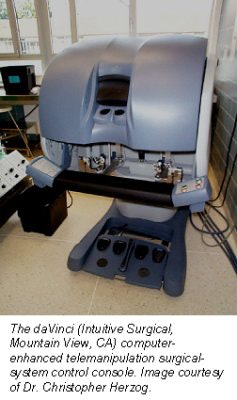 |
The group based its findings on 34 scheduled TECAB patients (19 male, 15 female) with single-vessel coronary artery disease who preoperatively underwent CT angiocardiography. They confined their examination criteria to the artery's exact anatomic position relative to the myocardium, the vessel-wall quality, and the extent of atheromatous changes.
Images were obtained on a Somatom Plus 4 Volume Zoom multislice CT scanner (Siemens Medical Solutions, Iselin, NJ), with collimation of 4 x 1 mm. Both 2-D and 3-D reconstructed images of the heart were then created for each patient. The reconstruction increment was 0.5 mm and the slice thickness was 1.25 mm. The optimized reconstruction time was determined individually for each patient using 50-ms steps, Herzog said.
The images were evaluated for the localization of the target vessel and surrounding structures (arterial branches, veins, and cardiac tissue) in order to recommend port placement for the robotically assisted TECAB. (Ports are placed to introduce a 3-D endoscope and the working arms.) The researchers assessed the extent of plaque and wall quality within the target vessel, and made recommendations to the surgical team for the region of anastomosis.
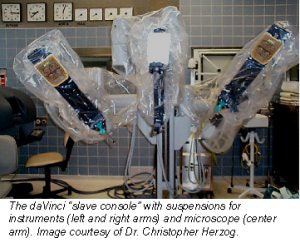 |
Herzog said the CT evaluation was successful in 29 of 31 cases (93.5%) as confirmed at surgery. Of the 29 successful cases, 96.6% had a correct differentiation between the target vessel and surrounding vessels.
The correct cardiac course of the target vessel had a success rate of 93.1%. The correct location of the stenosis was 100% accurate by CT evaluation. One case presented with a false-positive atherosclerotic wall change, resulting in a 96.6% accuracy rate for judgment of plaque and vessel-wall quality.
"Our correct recommendation for port placement was 86.2%," Herzog said. "However, there were only port-placement errors in the first 4 of the 29 patients. We attributed this to a learning and experience curve."
In 3 of 31 patients, the CT scan demonstrated that the surrounding vessel structure (to the vessel with stenosis) was too complex to perform a TECAB procedure, Herzog noted. As a result, the operating procedure was changed for those patients.
The team also performed CT-based bypass control on the last eight patients of the study group. Although no control angiography has yet been performed to create a basis for comparison, the researchers believe that noninvasive CT-based postoperative bypass control holds great promise for patients recovering from exhausting surgery.
By Jonathan S. BatchelorAuntMinnie.com staff writer
March 29, 2001
Related Reading
Radiologist offers procedural tips, excellent results with multislice CTA, March 5, 2001
Integrated Surgical Systems delisted from Nasdaq, March 2, 2001
ISS sells 10 image-guided surgery robots in Japan, February 26, 2001
Multislice scanning gives CT market new momentum, November 26, 2000
Marconi divests image-guided surgery business, September 22, 2000
Click here to post your comments about this story. Please include the headline of the article in your message.
Copyright © 2001 AuntMinnie.com





